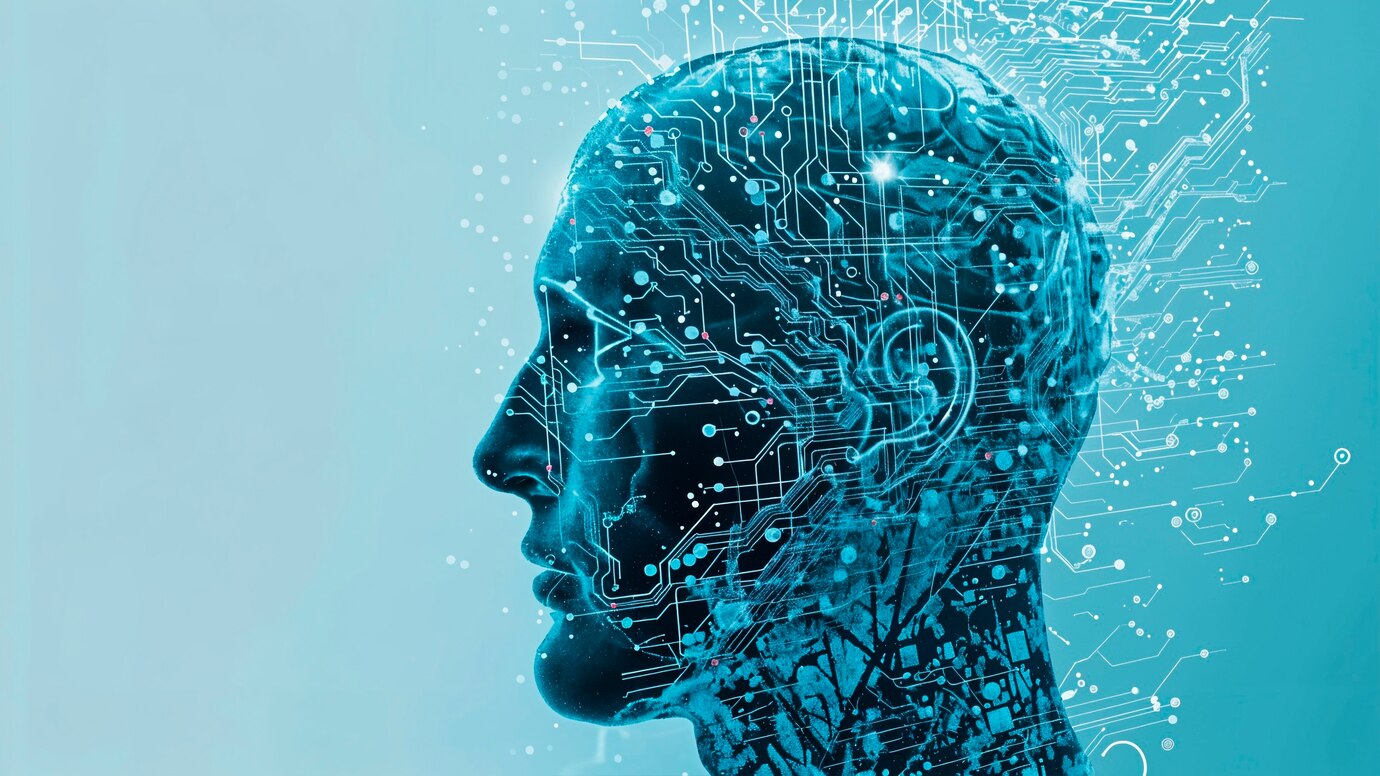How Artificial Intelligence affects human resource management
Artificial Intelligence(AI) has started to have a significant impact on Human Resource Management (HRM), with its potential to offer growth opportunities and challenges for businesses. In fact, organizations are beginning to integrate AI systems into various aspects of HR management, with the goal of increasing efficiency, automating repetitive processes and improving decision-making.
Automated Recruitment and Candidate Filtering
One of the most important applications of AI in HRM is the recruitment process. AI systems are used to analyze resumes, assess skills and predict candidates’ compatibility with the company culture. Through machine learning algorithms, computers can identify the most suitable CVs, reducing the time spent on the filtering process and increasing the accuracy of candidate selection AI systems are used to analyze resumes, assess skills and predict candidates’ compatibility with the company culture. Through machine learning algorithms, computers can identify the most suitable CVs, reducing the time spent on the filtering process and increasing the accuracy of candidate selection. In addition, « chatbots» are used to conduct preliminary interviews and answer candidates’ frequently asked questions, saving HR staff time.
Performance Analysis and Skill Development
AI can assist in the continuous monitoring and analysis of employee performance, providing the data needed to make informed decisions regarding employee development or promotion. Additionally, through data analysis, AI identifies training and development needs, suggesting tailored training programs to enhance employees’ skills
Forecasting and Managing Workforce Liquidity
AI can predict a company’s future workforce needs with greater accuracy, using data on market trends, customer demands, and productivity trends. This forecasting helps HR managers manage employee flow, identify gaps in the workforce, and develop strategies to improve performance.
Creating New Models of Work
With the emergence of new technologies and changing employee needs, HRM is called to adapt to new working patterns. AI can support the creation of more flexible, decentralized and remote working models, allowing the management of remote working and the integration of new collaboration and communication tools.

Human Thought and Machines: The Balance Between Human Composition and Robotics
One of the central questions in the use of AI in HRM is the level at which machines should replace or collaborate with human agency. There are certain features that remain exclusively human. These include the ability to communicate with other humans, to understand their feelings and to generate new and original ideas. These abilities, which are bound up with human nature, cannot be replicated by machines and remain crucial for effective human resource management. Machines and Artificial Intelligence can take on more technical or repetitive tasks, but human intervention is essential for the more complex, human-centered aspects of work, such as understanding employees’ needs and shaping the work culture. Organizations must find the right balance between technological advancements and maintaining human value.
Challenges and Implications
AI applications in the field of HRM do not come without challenges. Businesses must adapt to new legislation and manage the risks of technological unemployment, as described by Keynes. The concern over the replacement of human jobs with machines and the growing need for new types of skills post-pandemic create new demands for adaptation and support for employees.
Conclusion
Artificial Intelligence offers immense potential for reshaping human resource management, aiming to increase efficiency, improve the employee experience, and enhance the recruitment and skill development processes. However, the strong adoption of AI requires businesses to find the right balance between human resources and technology, ensuring that human-centered values remain central in HR management and shaping the future of work.